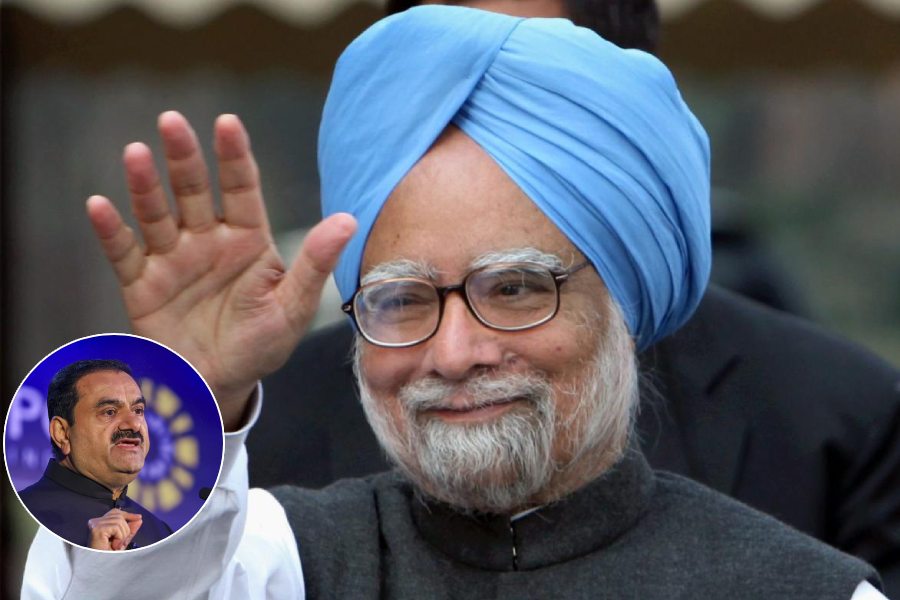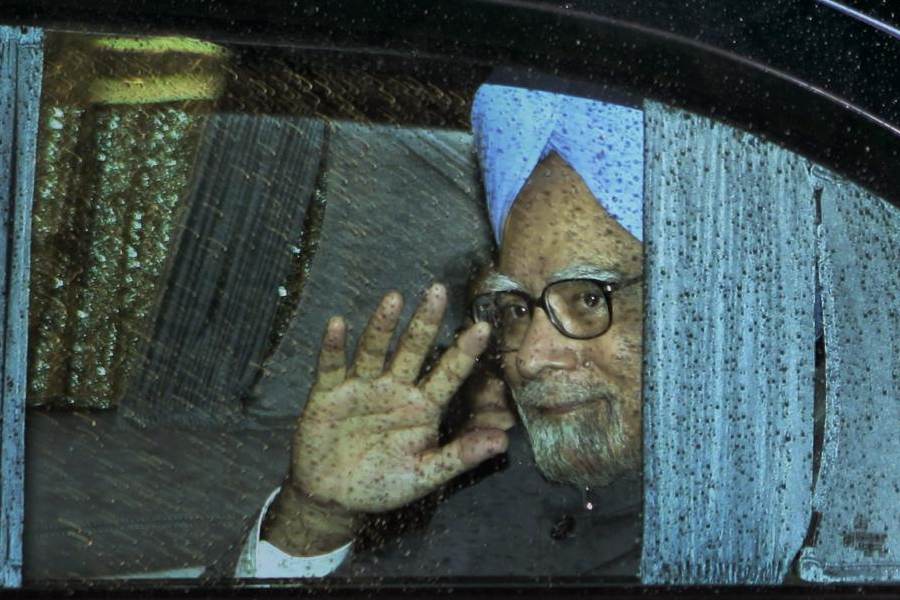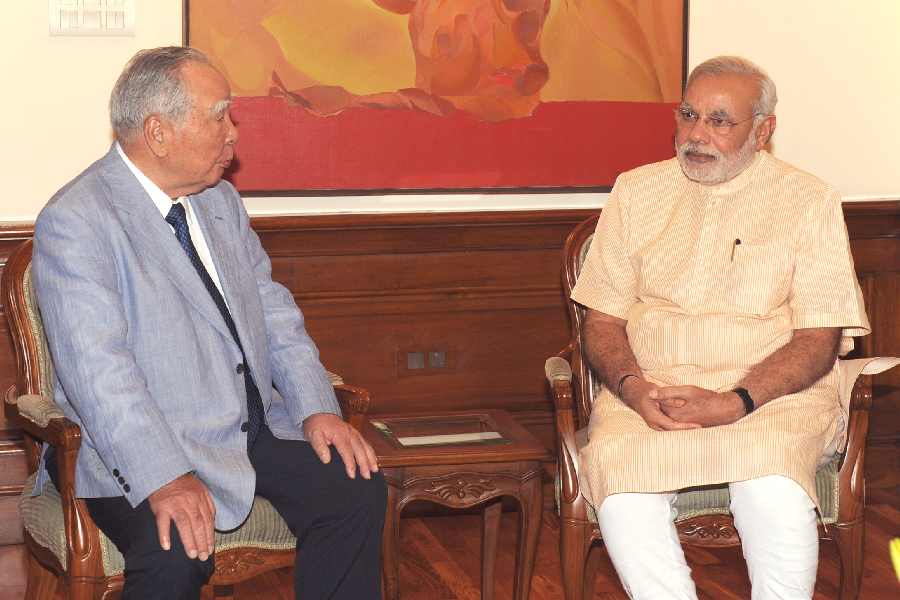Nativity scenes carved of wood, ornaments, candles, children’s toys, gingerbread cookies in myriad shapes, sausages and mulled wine sipped in painted glass mugs.
Few places in Germany feel as Christmassy this time of year as the Nuremberg Christkindlesmarkt, one of the oldest and most storied festive markets in the country.
After the Covid pandemic stole two holiday seasons, the red-and-white-roofed booths, rich and spicy odours of treats, and mulled wine-enhanced cheer are back to entice Nurembergers and tourists to a central square in the city again this year.
City historians say the market has formed annually since at least 1628, with breaks for the pandemic and for several years right after World War II.
“It’s not really a normal Christmas without the market,” said Ursula Köbl, 73, a local who claims she never missed the event until 2020, when it was first shut down to prevent the spread of the coronavirus. But even before this market closes on Christmas Eve at 2pm — as tradition demands — vendors predict they will not make out as well as they did in 2019.
For the first time in modern history, more than a dozen vendors gave up their prized spots because of high costs and staff shortages, leaving gaps in the lineup of stalls that looked like missing teeth in an otherwise cheerful smile.
Long an integral part of the social calendar, Germany’s roughly 500 Christmas markets have renewed importance as weather vanes of the national mood.
Many of them are running again without any Covid restrictions, but until they opened at the end of November, it remained uncertain whether the economic situation and a looming energy crisis would sour the mood.
Towns and cities across Germany have been darkened because of new energy-saving rules that prohibit the exterior lighting of advertisements, public buildings and even landmarks.
Amid the cuts, the markets — tiny temporary villages made up of cloth, wood and strings of energy-efficient LED lights — face a challenge to encourage commerce to thrive.
First indications suggest, with qualifications, that they are succeeding. While people tend to be spending less at the stalls, the crowds are as big and enthusiastic as ever. “Many of us missed this market,” said Marcus König, Nuremberg’s mayor.
“It’s just a balm for our dented souls after two and a half years of pandemic during which there was very little cultural life.”
The coronavirus has had a detrimental effect on city coffers, which rely on the market, as well as tourism and business travellers who come to the city for trade fairs and congresses, König explained, adding: “The Christkindlesmarkt is part of Nuremberg’s DNA.”
“We’ve seen people are really keen to go out and socialise in groups again after the break forced on us by Covid,” said Patrick Arens, vice-president of a trade association representing vendors at Christmas markets across Germany.
Köbl, who was out with friends, cheerfully agreed. “Even when it is this cold, you come out and you mingle and you forget about cold feet,” she said.
She noted that she was planning on at least one glass of mulled wine to warm up, even though the price had risen to €4, from €3.50 in 2019. Kurt Leithner, 80, who helps his daughter run a booth selling dollhouse furniture, said: “I notice people have changed how and what they buy.” Where customers used to pay €30 for a meticulously crafted dollhouse wardrobe, they are now more likely to riffle through smaller items — like cast-iron typewriters or lamps — that cost less than €5.
“There are enough people here, it’s just that one has become more thrifty,” he said. Ingrid Kiel, who together with her husband helps out at a booth that sells ornate wood decorations, said: “You always need mulled wine and sausage.”
Pointing to intricately crafted Nativity scenes that can put discerning customers back nearly €1,000, she said: “But this stuff you don’t actually need to live.”
Two-thirds of Germans told pollsters at the McKinsey consulting firm that they expected inflation to drive consumer goods prices higher, and nearly 60 per cent said increasing prices were their main worry these days.
More than half — 53 per cent — said they were planning to save by buying fewer Christmas presents, the survey found, and a minority — 13 per cent — said they would forgo gifts altogether. But to many Nurembergers, the rising cost of living does not diminish the joy of getting together, of exchanging news and gossip, and of living their usual lives.
Even with the electricity crunch brought on by Russia’s attack on Ukraine, Königand other city administrators decided not to pare down this year’s festivities — although that is not the case at all the Christmas markets in Germany — leaving the opening hours as 10am to 9pm. A number of rules give the Nuremberg market an old-fashioned vibe.
No recorded music is played on the main market, for example, and no items made outside of theNuremberg region are supposed to be sold.
Vendors have to apply in February for a spot, and the wait list is usually in the triple digits.
This year, 20 vendors cancelled because of high costs, staff shortages and coronavirus fears, a first in the modern market’s history, according to Marco vonDobschütz-Dietl, who runs the market.
New York Times News Service











